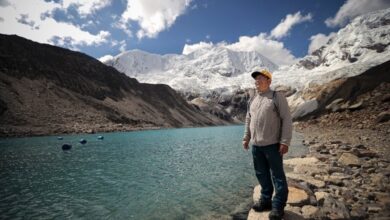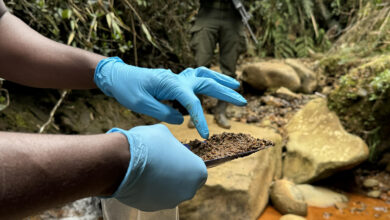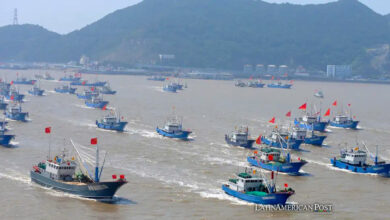Preserving Peru’s Cultural and Ecological Treasures Establishing Machu Picchu to Choquequirao Biosphere Reserve

Peru, a land of astonishing natural beauty and rich cultural heritage, is embarking on a visionary journey to safeguard its iconic treasures. Environmental and cultural authorities are working hand in hand to create the Machu Picchu-Choquequirao Biosphere Reserve. This endeavor promises to redefine conservation, ecology, and cultural preservation.
Preserving Machu Picchu’s Legacy: A Historic Announcement
This monumental initiative was revealed on the 43rd anniversary of Machu Picchu’s designation as a “protected natural area” by the Peruvian government. The Servicio Nacional de Áreas Naturales Protegidas por el Estado (Sernanp) declared their commitment to this joint venture, aiming to foster ecological connectivity and the harmonious integration of cultural heritage and responsible tourism in the Cuzco region.
The vision behind the Machu Picchu-Choquequirao Biosphere Reserve is to create a holistic, interconnected landscape where the environment, culture, and tourism thrive in perfect harmony. This ambitious project seeks to achieve ecological connectivity and effective management of cultural heritage and tourism while preserving the natural wonders that define this region.
Celebrating a Milestone: Gathering in Machu Picchu Pueblo
Peruvian cultural and environmental authorities gathered in Machu Picchu Pueblo to celebrate this milestone, nestled at the foot of the famous archaeological and natural marvel. The event witnessed the presence of key figures such as José Carlos Nieto, the head of Sernanp, and Werner Salcedo, the regional governor of Cuzco. Local authorities, cultural representatives, and tourism stakeholders also attended, underscoring the collaborative and cross-sectoral efforts dedicated to ensuring the preservation and effective management of Machu Picchu.
The significance of Machu Picchu cannot be overstated. This Historic Sanctuary is a sanctuary for biodiversity and one of Peru’s premier tourist destinations, captivating visitors from around the globe. Designated as a UNESCO World Heritage Site in 1983 and recognized as a Mixed Cultural and Natural Heritage Site, Machu Picchu boasts a rich historical and cultural tapestry alongside its environmental splendor.
Diverse Ecosystems Within Sanctuary’s Boundaries
Within the sanctuary’s boundaries lies a vast tapestry of ecosystems, ranging from towering mountains soaring above 6,000 meters to the lush, tropical valleys along the Urubamba River, which lie below 2,000 meters. This diversity of environments supports an array of iconic Peruvian species, including the spectacled bear, the Andean cock-of-the-rock, torrent duck, vizcacha, white-tailed deer, and the majestic Andean condor. The region is also a botanical treasure trove, home to over 300 orchid species among its diverse flora.
Also read: Peru is the Country with the Greatest Diversity of Birds in the World, its Authorities Announce
To ensure the long-term preservation of this natural and cultural gem, Sernanp has initiated a comprehensive ecological restoration program. This endeavor involves the rehabilitation of degraded landscapes through the planting of native species. The primary focus is restoring the forests that once blanketed the slopes of the Vilcanota Valley, including the dry forests and those of the Upper Urubamba Valley.
The establishment of the Machu Picchu-Choquequirao Biosphere Reserve is a testament to Peru’s commitment to preserving its ecological and cultural heritage. It signifies a harmonious marriage of nature, culture, and responsible tourism—a model for sustainable conservation worldwide. As the journey unfolds, it will undoubtedly inspire future generations to cherish and protect the wonders of our planet.





